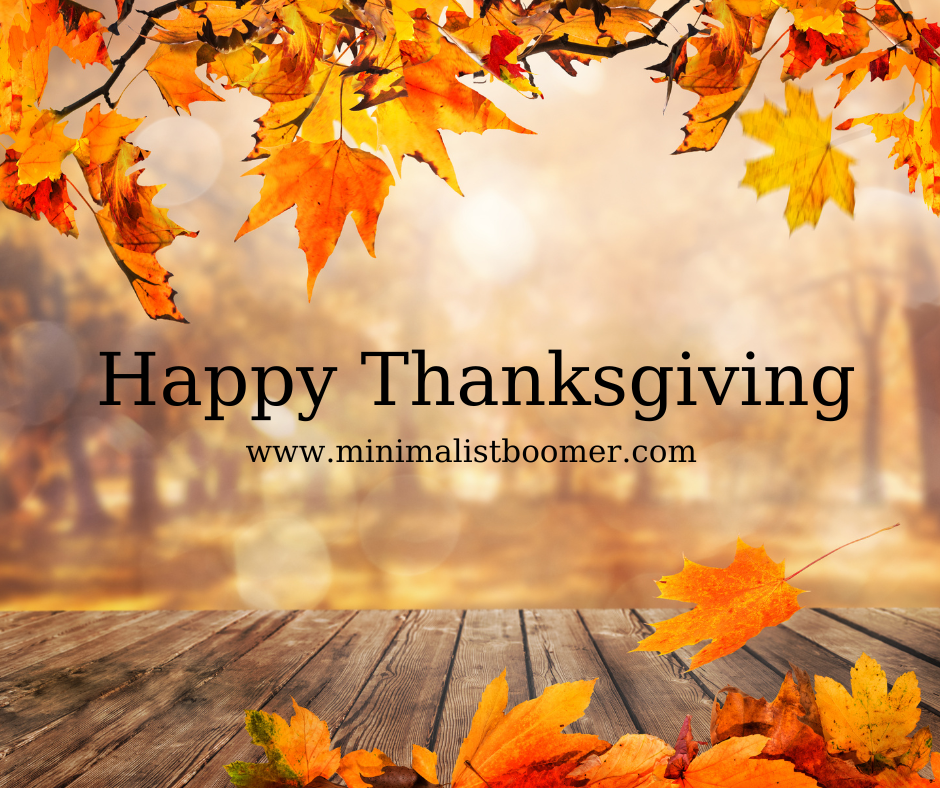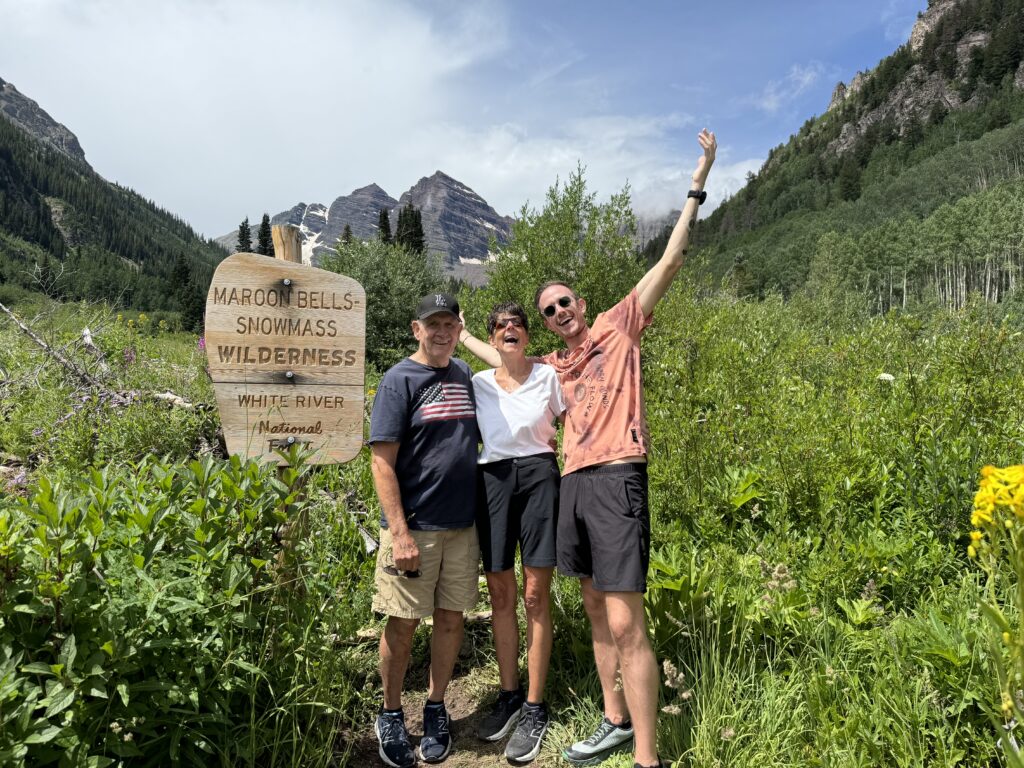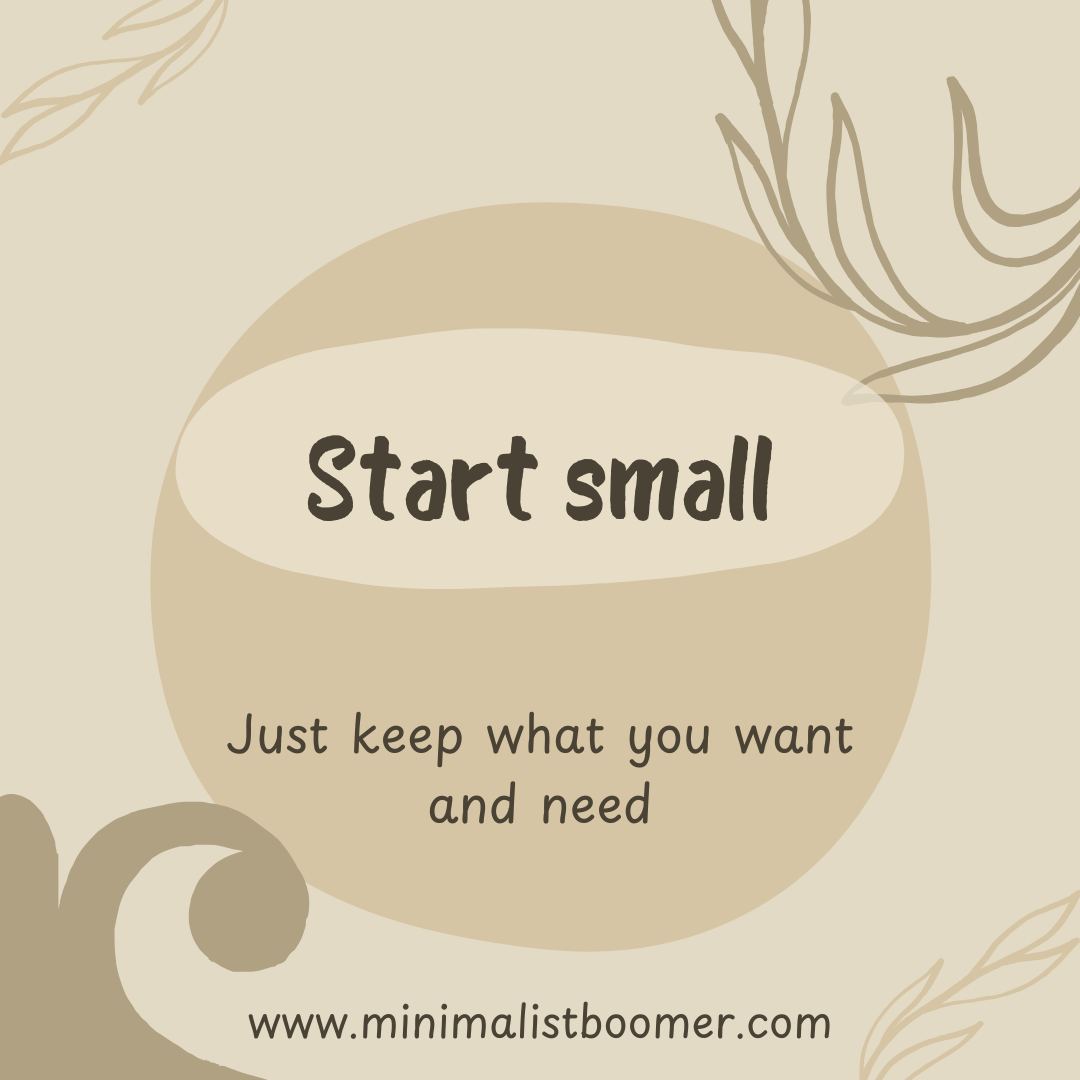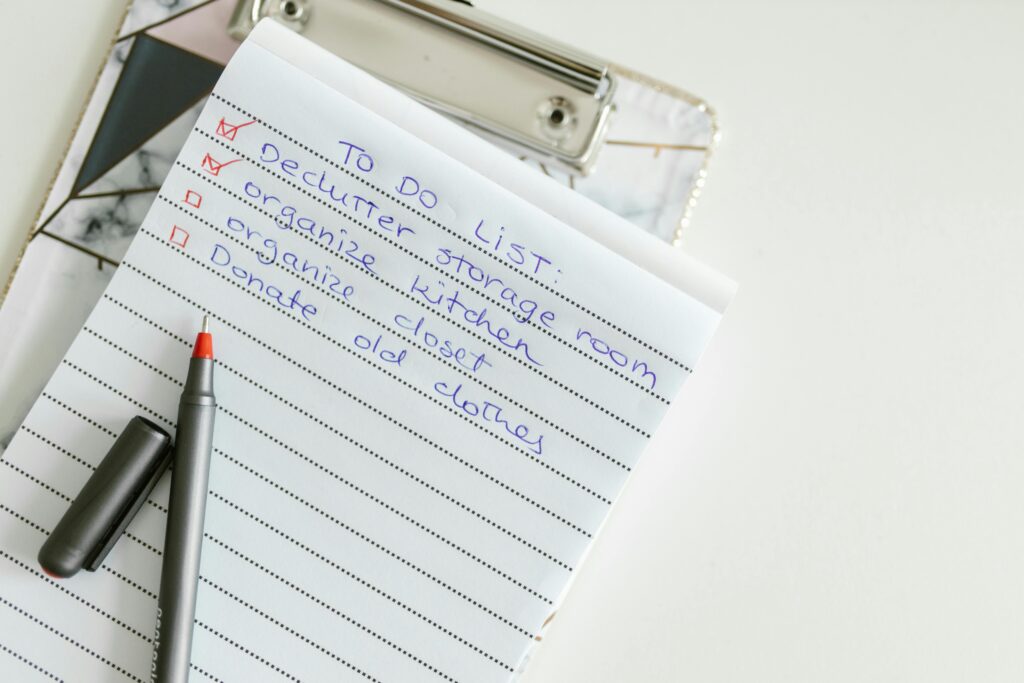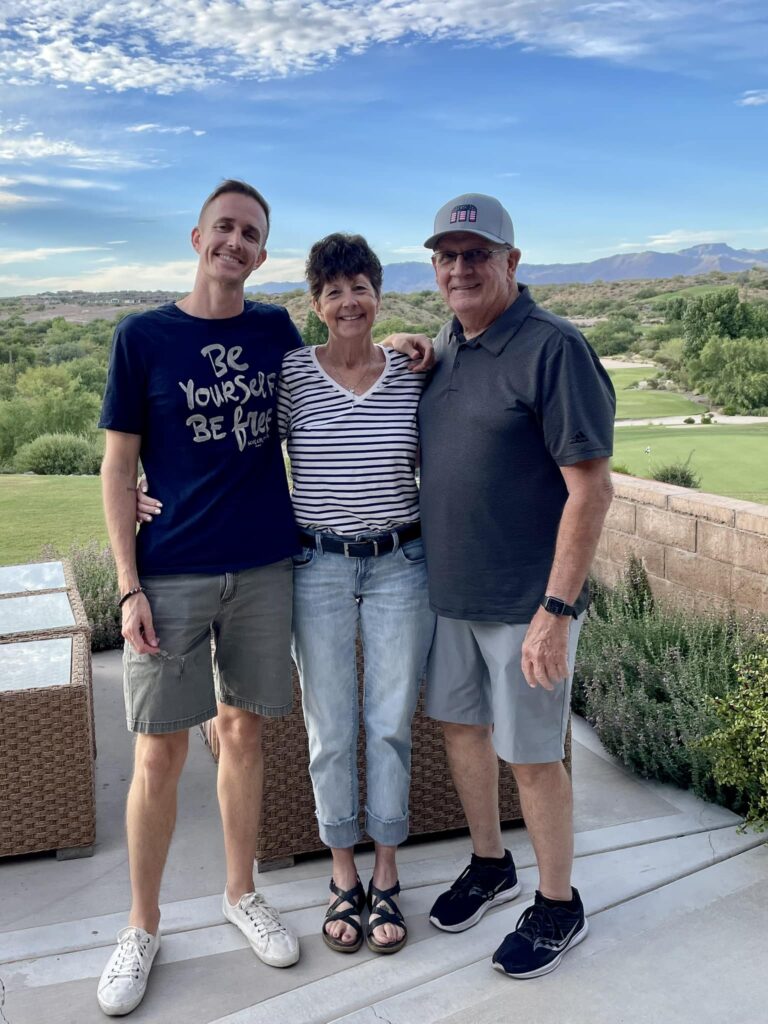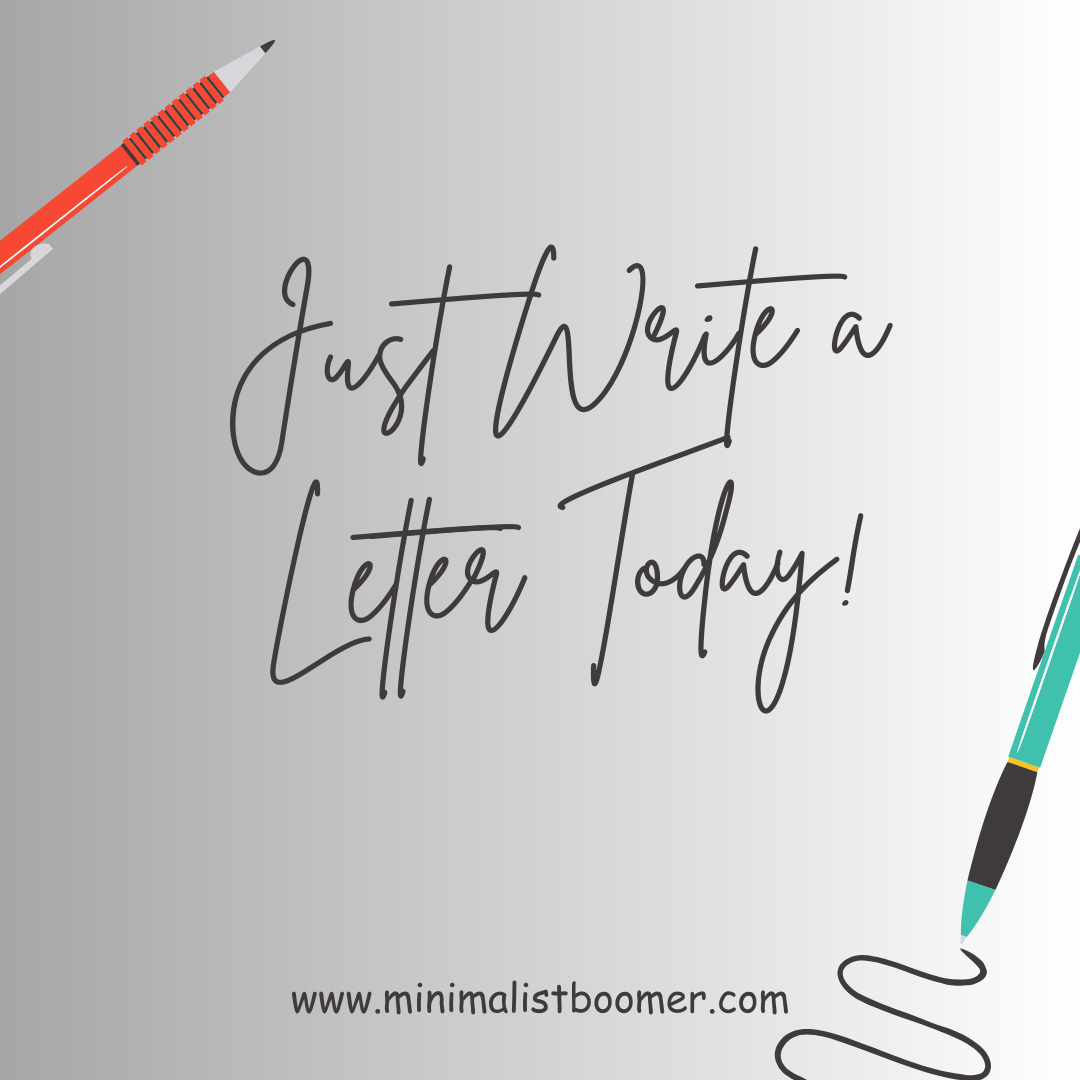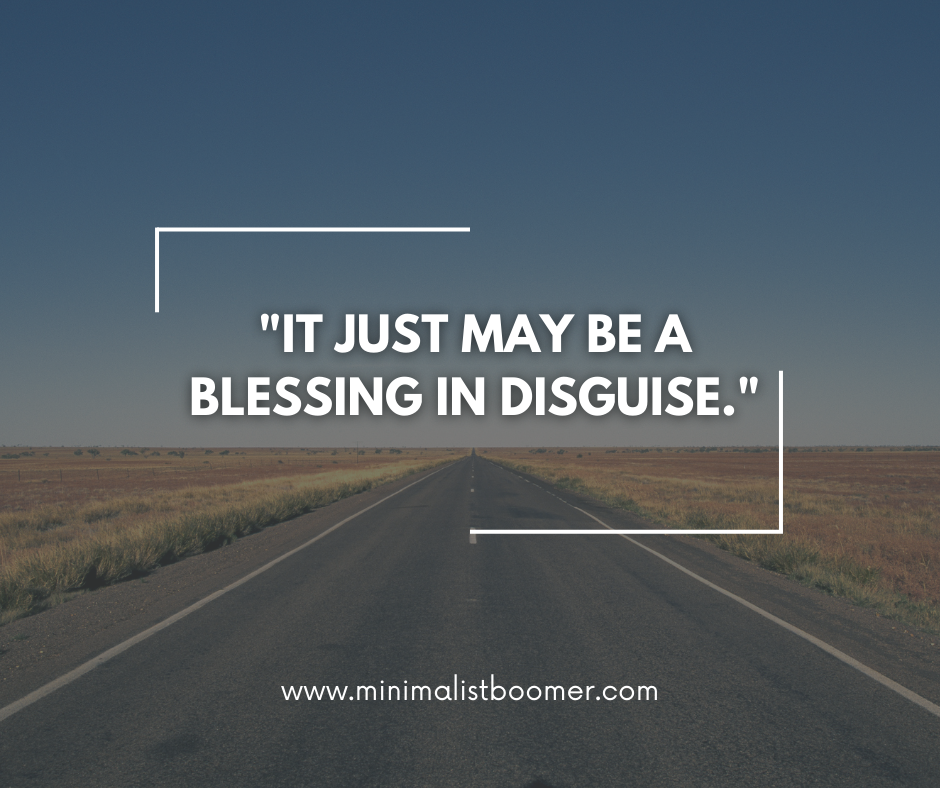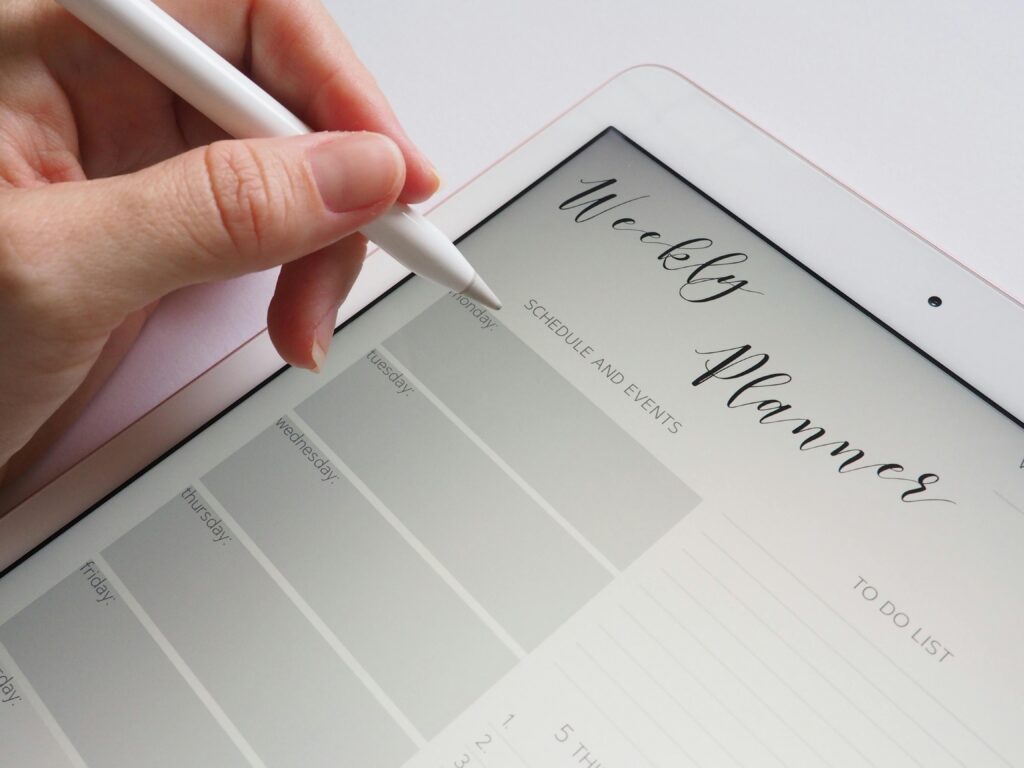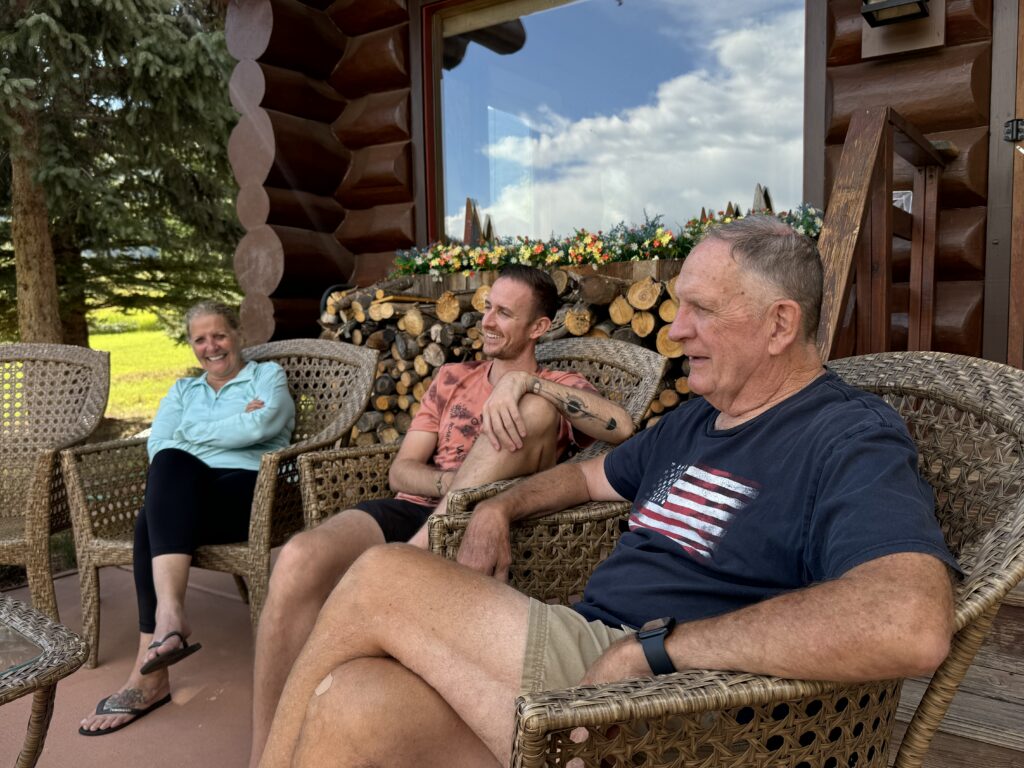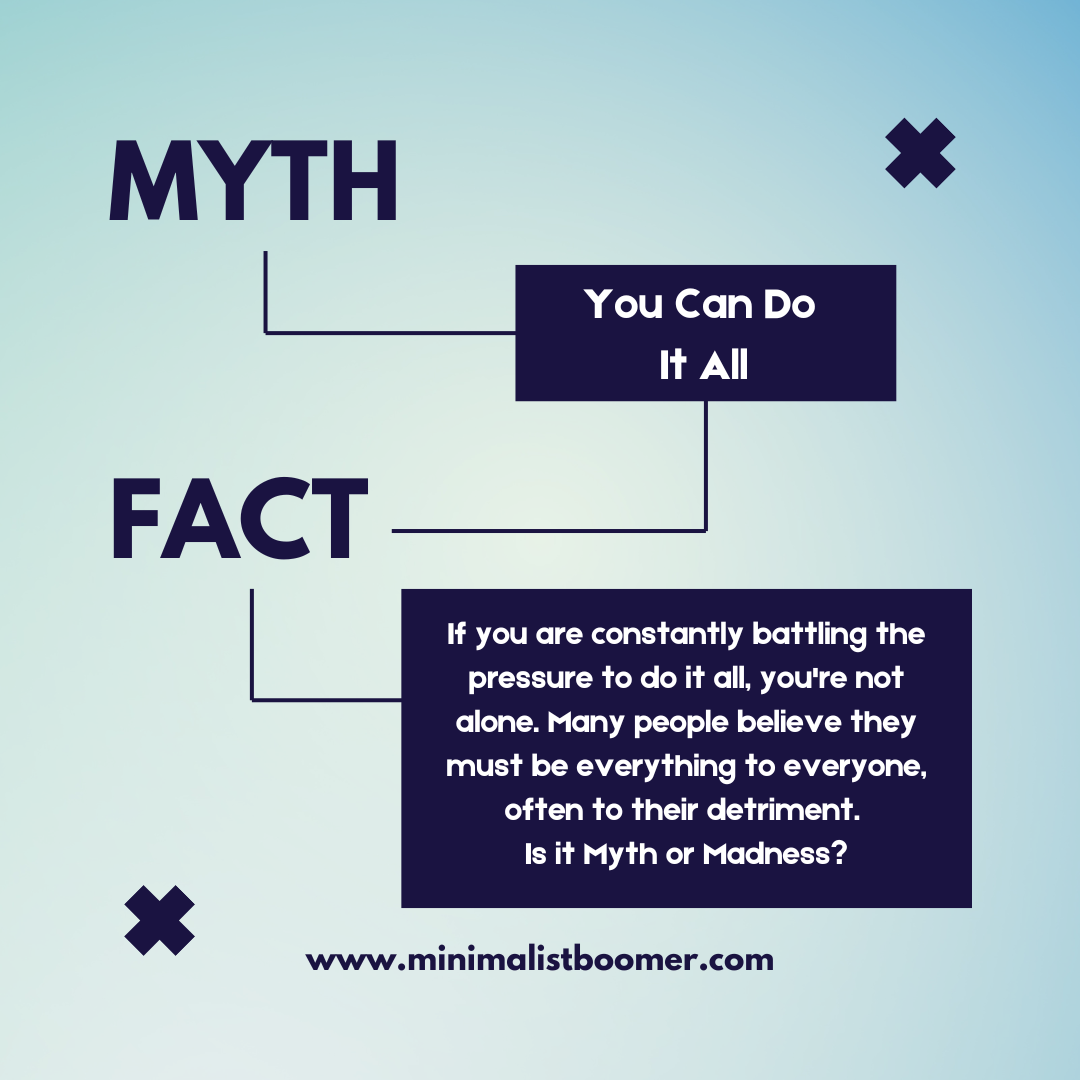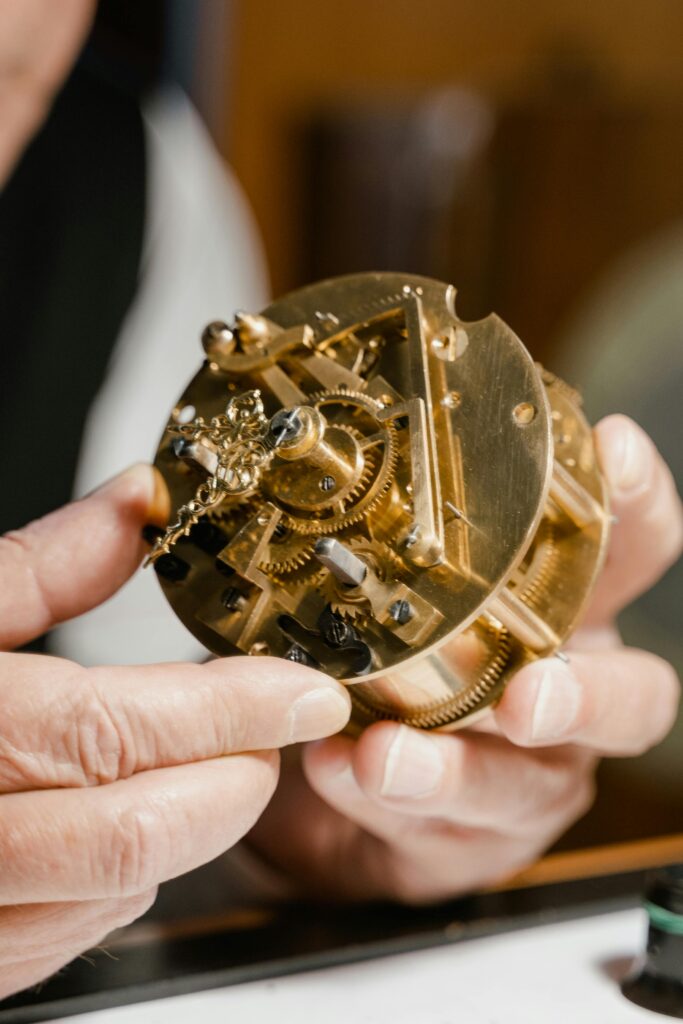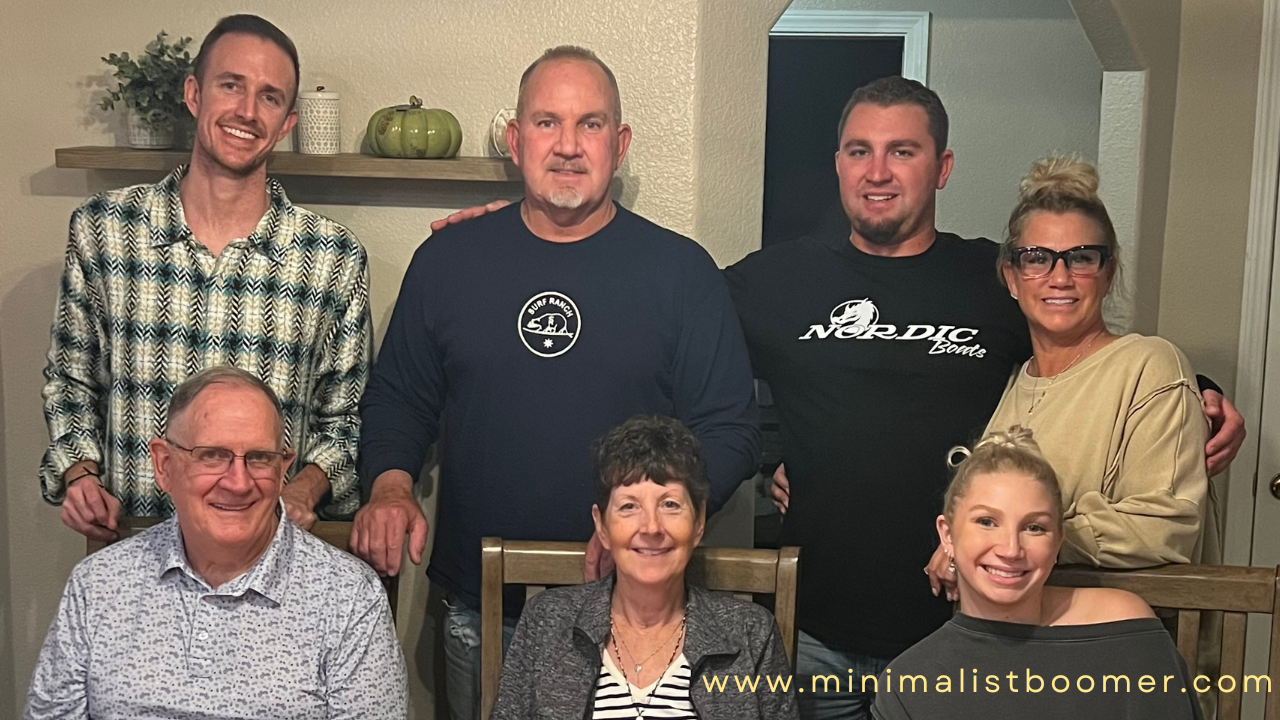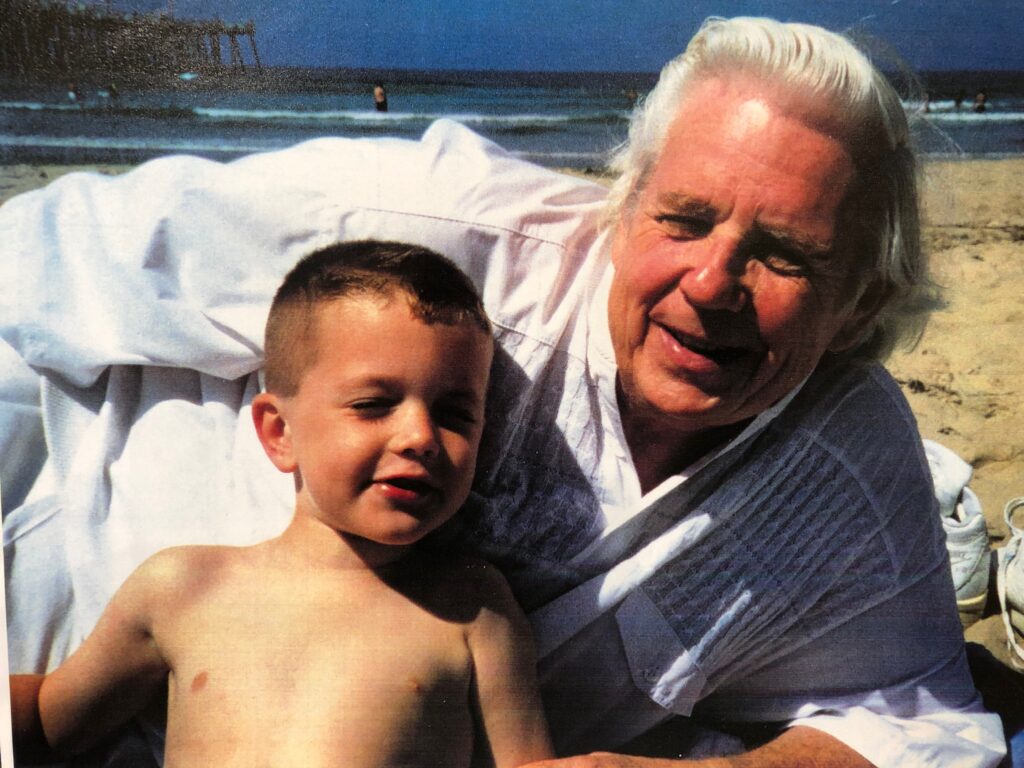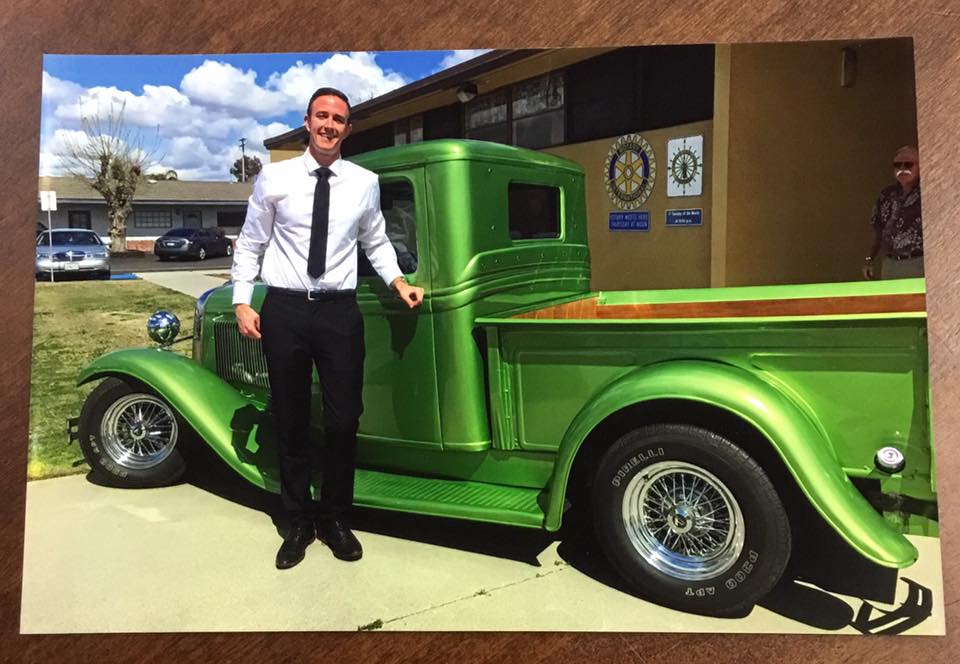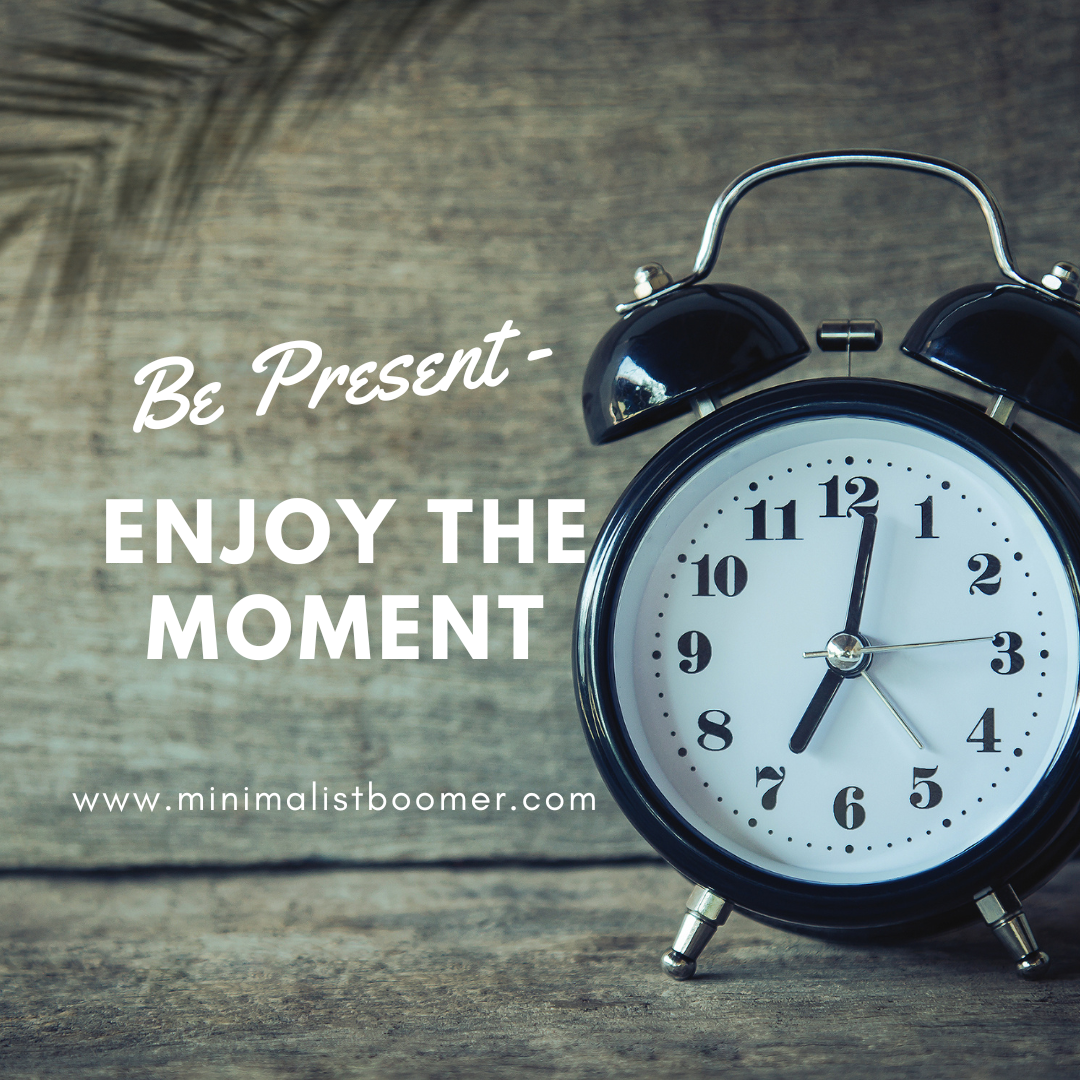Every December, the world turns into one giant checkout line. We chase flash sales, stalk tracking numbers, and panic when the “perfect gift” is sold out in every size except extra extra-large. Kids want the newest gadget, malls feel like obstacle courses, and the gift list keeps growing like it is on energy drinks.
But deep down, we know the best parts of Christmas are not the packages. It is the people, the memories, the inside jokes around the table. This year let’s stress less about the fancy stuff and enjoy the simple things, like game nights, shared meals, and tiny acts of kindness that actually stick.
Why Chasing More Stuff Never Feels Like Enough at Christmas
Buying more things feels like it should fix everything. More gifts, less guilt, right? Except it usually works the other way around.

There is pressure to get everyone something “special.” Money gets tight. We compare our tree, our outfits, and our presents to what we see on social media. Everyone else seems to have matching pajamas and perfect decor. We are just trying to find wrapping paper that is not crushed.
For a moment, new stuff feels exciting. Then the high fades, the credit card bill shows up, and life goes back to normal. The problem is not that gifts are bad. Gifts can be lovely. The problem is when we expect them to carry the whole magic of Christmas on their own.
The Holiday Shopping Trap: Sales, Stress, and Letdowns
The cycle is almost predictable. A giant sale pops up. We grab a cart, make a huge list, speed walk through stores, and hope we did not forget Aunt Linda again.
On Christmas morning, there is that quick rush when everyone tears open the wrapping. The room looks like a tape and cardboard volcano exploded. People smile, say thanks, maybe post a picture.

Then, a week later, some of those “must have” gifts are already on the floor, under the couch, or in a random drawer. It is not that they were bad gifts. It is that stuff cannot hold our attention the way moments can.
What We Really Want: To Feel Loved, Seen, and Valued
Behind every wish list is a simple desire. We want to feel special. We want to feel known.
A new phone is cool. So is a hoodie. But being hugged tight, hearing “I am proud of you,” laughing so hard during a board game that you cry a little, those things hit deeper.
Small things count. Sitting next to someone on the couch. Cooking together. Sharing old stories. Most people are not chasing more stuff. They are chasing the feeling of being loved and noticed.
Three Simple Ways to Make Christmas About People, Not Price Tags
You do not need a huge budget to have a rich Christmas. You just need a few small choices that point your attention back to people.
Start a Low-Cost Tradition That Everyone Actually Enjoys
Traditions do not have to be fancy or Facebook worthy. They just have to be fun and repeatable.
Here are a few ideas:
Pajama movie night with popcorn and the same cheesy Christmas movie every year.
Cookie baking day, where the goal is not perfect cookies, just maximum sprinkles and sugar.

Christmas Light Night with hot chocolate in travel mugs, rating the houses from “cute” to “they plugged into the moon.”
Simple traditions still become strong memories, and everyone loves having “that thing we always do.”
Give Presence, Not Just Presents
Yes, OK, the pun is cheesy. However, it is also true.
Try an evening where phones go in a basket. Talk, play a game, or ask fun questions like, “What is your favorite Christmas memory ever?” or “What is the worst gift you have ever received?”
You can also write short notes of appreciation to hang on the tree or tuck them into stockings. A few honest lines about why you are thankful for someone can mean more than any gift card. When people feel seen and heard, they feel rich.

Swap One Big Gift for a Shared Experience
Instead of one expensive thing, trade it for something you can do together.
Ideas may include a family day trip, ice skating, a simple picnic in the park, or a class you all try together, like painting or baking. Experiences turn into stories. People retell them for years.
Stuff breaks, gets lost, or goes out of style. A memory of everyone slipping on the ice and laughing until their faces hurt sticks around.
Bringing Back the Meaning of Christmas (Faith, Gratitude, and Kindness)
Christmas is about more than shopping carts and shipping updates. It is about love, hope, and a different way to see the world.
Many of us celebrate Christmas as a faith-based holiday. It’s the perfect time to thank the Lord for our many blessings. Gratitude, kindness, and connection sit at the center of what makes it feel special.
The original Christmas story is not about getting more. It is about Jesus born in a simple place, with no fancy crib or warm blanket. It is a story of hope, love, and humility.

It is an opportunity to love people well. Look for peace. Care for those who feel left out or alone. That is the heart of it.
Small Acts of Kindness That Matter More Than Any Gift
You do not need to start a charity to make a difference. Tiny actions count.
You could check on an elderly neighbor, share a meal with someone who is going through a hard time, donate a toy or a coat, or help a busy parent by watching their kids for an hour.
Pick one small thing this year. It will matter more than another random item that ends up on a shelf.
The Christmas Stuff That Actually Lasts
At the end of the day, the best parts of Christmas are not the things we unwrap. They are the faces around the table, the laughs in the kitchen, the quiet moments when someone feels truly loved.
Let go of a little perfection this year. Pick one simple way to make your Christmas more about love than stuff, whether that is a new tradition, a shared experience, or a kind act.
The best part of Christmas does not fit under the tree.

Christmas!


